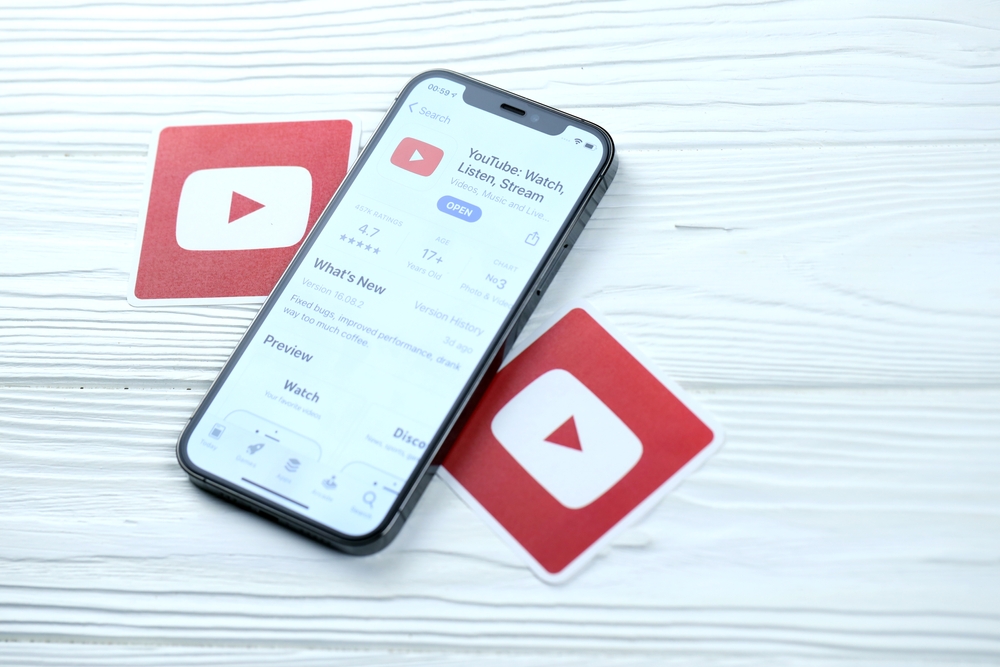In the era of digital content, YouTube stands out as one of the primary platforms for video streaming. However, with its massive popularity comes an equally massive scope for cybercrime activities. Stream-jacking attacks on YouTube have surged in recent times, with malefactors focusing on high-profile channels to spread their deceptive narratives.
Diving into Details
Stream-jacking attacks involve cybercriminals hijacking YouTube channels, typically those with substantial followers, to broadcast fraudulent messages.
- These broadcasts often impersonate renowned public figures such as Elon Musk or brands such as Tesla, promoting scams such as crypto-doubling schemes.
- Many of these malicious broadcasts bear striking resemblances to each other, from channel names and handles that mimic "Tesla" to titles that replicate official Tesla announcements.
- They leverage homoglyphs, noise characters, and even QR codes to ensnare unsuspecting viewers.
- Furthermore, the content broadcast often consists of looped videos from official events, such as Tesla's Annual Shareholder Meeting. But unlike genuine rebroadcasts, these streams embed scams within them.
- To further deceive viewers, the scammers employ tactics like disabling comments or allowing only long-time subscribers to comment. This clever move ensures that those knowledgeable about the scam can't alert others.
Why this matters
A closer look at these channels reveals a disturbing trend: many were hijacked or stolen. Most of these compromised channels, after being taken over, display only the fraudulent livestreams.
- It's believed that any original content was either privatized or deleted altogether. The systematic nature of these attacks suggests automation, a method that would expedite the process and reduce the chances of detection.
- Evidence, moreover, suggests that these attackers occasionally leave traces behind. Sometimes, they don't change the channel's name or handle, or they might inadvertently retain some of the original content.
- When detected by YouTube, these channels often face deletion, causing legitimate owners to lose everything unless they can negotiate with YouTube.
Serving stats
Between July and September, research unearthed some staggering statistics.
- The maximum number of subscribers for a hijacked account neared 10 million, with the most-viewed channel amassing over 3.6 billion views.
- In total, 1,190 channels were identified as hijacked, broadcasting over 1,370 distinct scam livestreams.
- Out of all hijacked channels, about 60% displayed variations of the Tesla logo or used it directly.
The bottom line
The increasing prevalence of stream-jacking on YouTube underscores the need for both creators and viewers to be vigilant. For creators, strong, unique passwords, MFA, and routine reviews of account access can serve as deterrents against hijacking. Viewers should be cautious of videos with clickbait titles, especially those promoting financial opportunities. Avoid scanning QR codes from such videos and be skeptical of livestreams with disabled comment sections.

Publisher









/https://cyware-ent.s3.amazonaws.com/image_bank/816e_shutterstock_1471420952.jpg)
/https://cyware-ent.s3.amazonaws.com/image_bank/shutterstock_196375760.jpg)
